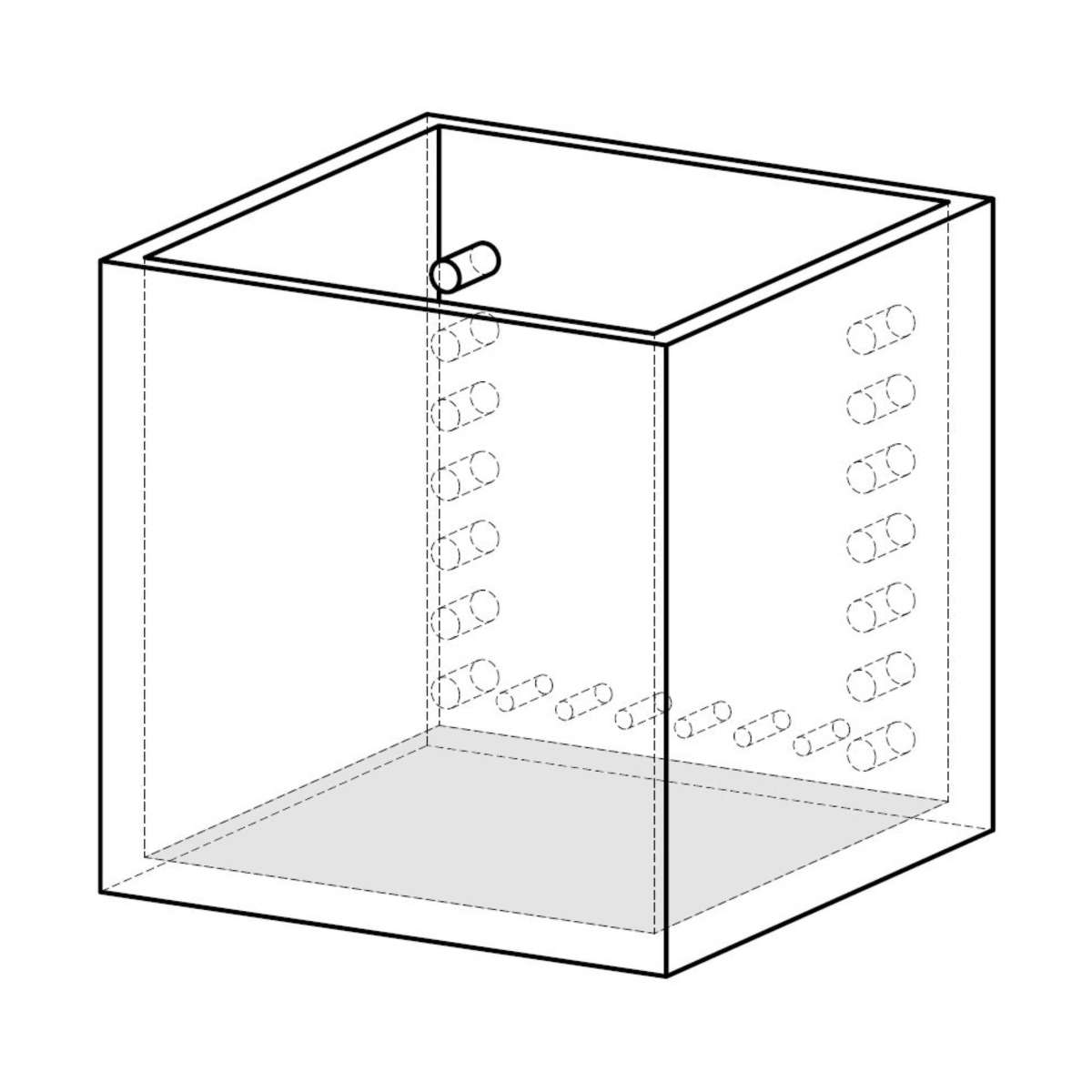
Industrial Furnaces and Heat Treatment Plants
Construction and Design Variants
The many years of cross-industry experience of the SCHWING heat treatment experts and the outstanding technical competence and resources of the SCHWING Group enable almost any furnace design or construction method.
The SCHWING systems are controlled by professional open and closed loop control technology (PLC control with process data recording), which is characterized by high operator comfort, individual configurability as well as complete charge and process documentation.
In the customer-specific plant design, the requirements of application-, industry- and country-specific standards, such as DIN EN 1539, AMS 2750 in the aviation industry or CQI-9 in the automotive industry, or the guidelines of the US FDA for pharmaceutical and medical products, are taken into account in particular.

Chamber Furnaces
Chamber Furnaces

Deck Furnaces
Deck Furnaces
SCHWING Chamber Furnaces
Our chamber furnaces are industrial furnaces and cooling systems operating with circulating air for batch operation at temperatures up to 600 °C. They are characterized by high energy efficiency as well as a compact and space-saving design. The construction of our chamber furnaces is individually designed according to process requirements, i.e. depending on the type of treatment, temperature profile and component size or geometry, etc.
The desired process temperatures can be generated by any suitable heat source (electricity, gas, oil, steam, thermal oil, etc.). The basic design goal is to use heat sources that are as low in CO2 as possible. All of our chamber furnaces provide maximum uniformity of the circulating air based on the application.
Fig.: Functional principle Chamber furnace – Air inlet (1), Air circulation fan (2), Process chamber (3), Exhaust air (4), Heater (5), Workpiece (6)
SCHWING Continuous Furnaces
Whether continuous flow production with high quantities or discontinuous series production with several production stages: SCHWING’s industrial furnaces and heat treatment systems operating with circulating air support every manufacturing process with precise, even complex temperature profiles up to 600 °C. Our furnace systems can be operated with almost any heat source, and our goal is to use energy sources that are as low in CO2 as possible.
For the most precise air circulation and temperature accuracy possible, we use in our continuous furnaces
- direct and indirect air routing, air distribution and nozzle systems
- production-specific furnace door or feeder systems as well as
- conveying technology for the respective production process.
Fig.: Functional principle: Continuous furnace / Conveyor oven – Air inlet (1), Air circulation fan (2), Process chamber (3), Exhaust air (4), Heater (5), Conveyor (6), Door (7), Workpiece (8)
Customized special furnaces from SCHWING
Since 1969, SCHWING has been known for the development, construction and operation of individual furnace systems and thermochemical plants: The “Thermal Cleaning” division (SCHWING Technologies), for example, is a globally recognized expert in the construction of thermal cleaning systems for the international plastics and fiber industry. The “Process Technology” division develops and manufactures application-specific gas-solid reactors up to 1100°C for customers in the chemical industry. The “Fluidized Bed Heat Treatment” division focuses on fluidized bed systems for the paint/lacquer, automotive, aviation/aerospace and medical technology sectors, among others.
Based on this profound know-how and experience, the heat treatment specialists at SCHWING Thermal Solutions design any desired circulating air heat treatment system according to the specific application and customer requirements:
Only physics defines our limits.
3P Model for Heat Treatment Plants
The SCHWING Thermal Solutions heat treatment team concentrates special industry experience, specific application competencies and sound technical know-how.
When planning and designing our industrial furnaces and heat treatment plants, the proven “3P Model for Heat Treatment Plants” helps to reliably specify the respective customer requirements from the perspective of the product or application objective, of the thermal process and of the individual installation or integration situation and to implement them in successful heat treatment solutions:









